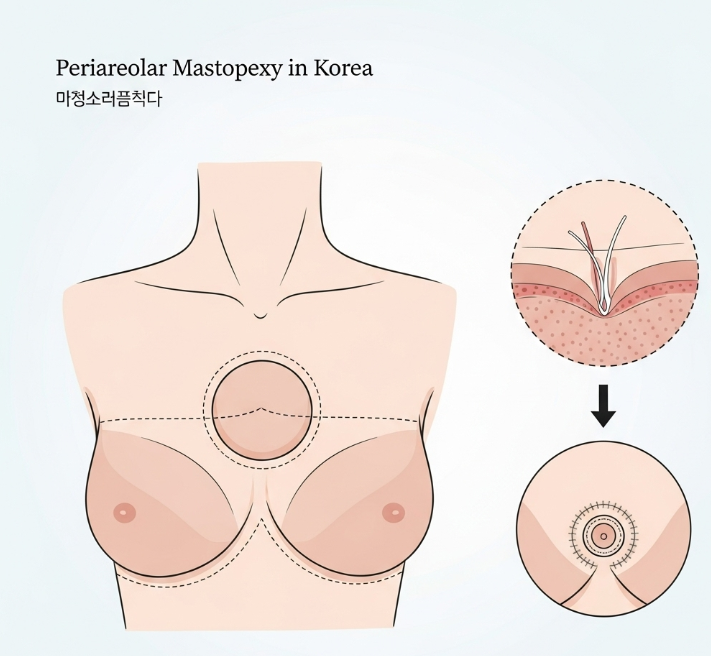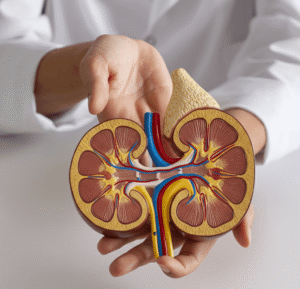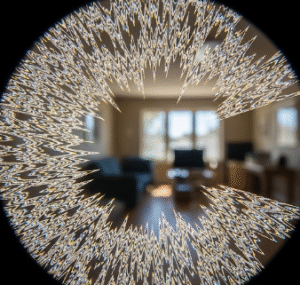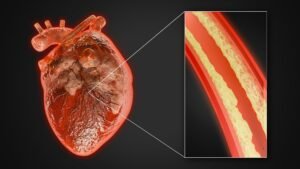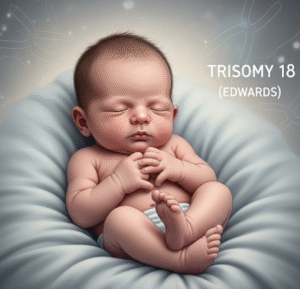What It Is
Periareolar mastopexy, also known as a “donut lift”, is a breast lift technique designed to correct mild sagging (ptosis) by removing excess skin around the areola. The areola is reshaped, and the surrounding skin is tightened, resulting in a lifted, firmer, and more youthful breast appearance.
This technique is less invasive than full mastopexy and is best suited for women with minimal sagging or asymmetry. In Korea, surgeons specialize in scar-minimizing approaches, often combining periareolar mastopexy with implants or fat transfer for enhanced results.
Why It’s Done
Patients choose periareolar mastopexy because:
- They have mild breast sagging that does not require a full lift.
- They want to reduce enlarged or stretched areolas.
- They desire subtle improvement in breast shape with minimal scarring.
- They want to combine it with augmentation for more fullness.
Good candidates include:
- Women with mild sagging and good skin elasticity.
- Patients seeking areolar reduction in addition to lifting.
- Those in good overall health with realistic expectations.
Alternatives
- Full mastopexy (anchor or vertical lift) for moderate to severe sagging.
- Augmentation with implants to improve volume and mild sagging.
- Fat transfer for subtle reshaping and lifting effect.
- Supportive bras or non-surgical devices for temporary cosmetic enhancement.
Preparation
Before periareolar mastopexy in Korea, patients will:
- Have a detailed consultation including breast measurements and 3D simulation.
- Undergo imaging (mammogram or ultrasound if recommended).
- Stop smoking and alcohol 2–4 weeks before surgery.
- Avoid blood-thinning medications and supplements.
- Plan for short downtime and follow-up visits.
How It’s Done
- Anesthesia: Local anesthesia with sedation or general anesthesia.
- Incision: A circular incision is made around the areola.
- Excess skin removal: A ring of skin is excised, and the surrounding tissue is tightened.
- Areola reshaping: Enlarged areolas can be reduced in diameter.
- Closure: Sutures are placed around the areola, resulting in a scar that blends with the natural border.
- Duration: 1–2 hours, usually outpatient.
Recovery
- First week: Swelling, bruising, and mild discomfort are common.
- Dressings: Support bra is worn for several weeks to support healing.
- Stitches: Usually removed after 7–10 days unless dissolvable.
- Return to activities: Most patients return to daily activities in 3–5 days; strenuous activity avoided for 3–4 weeks.
- Final results: Breasts appear lifted and more proportionate, with scars fading over months.
Possible Complications
- Widening or stretching of the areola scar.
- Minor asymmetry between breasts.
- Temporary changes in nipple sensation.
- Rare risks: infection, poor wound healing, or recurrence of sagging.
Treatment Options in Korea
Diagnosis
Korean surgeons use physical examination, breast imaging, and 3D planning to determine candidacy and predict surgical outcomes.
Medical Treatments
- Supportive bras or skin-tightening treatments for very mild sagging.
Surgical or Advanced Therapies
- Periareolar mastopexy for mild sagging and areolar correction.
- Augmentation-mastopexy (lift with implants or fat transfer) for patients seeking both volume and lift.
- Combination mastopexy techniques for more advanced cases.
Rehabilitation and Support
- Scar management with silicone sheets, gels, or fractional laser therapy.
- Long-term follow-ups to ensure results are maintained.
- Nutritional and lifestyle guidance for skin and breast health.
- International patients benefit from Korea’s aesthetic breast surgery expertise, advanced scar-minimizing methods, and multilingual aftercare programs.

